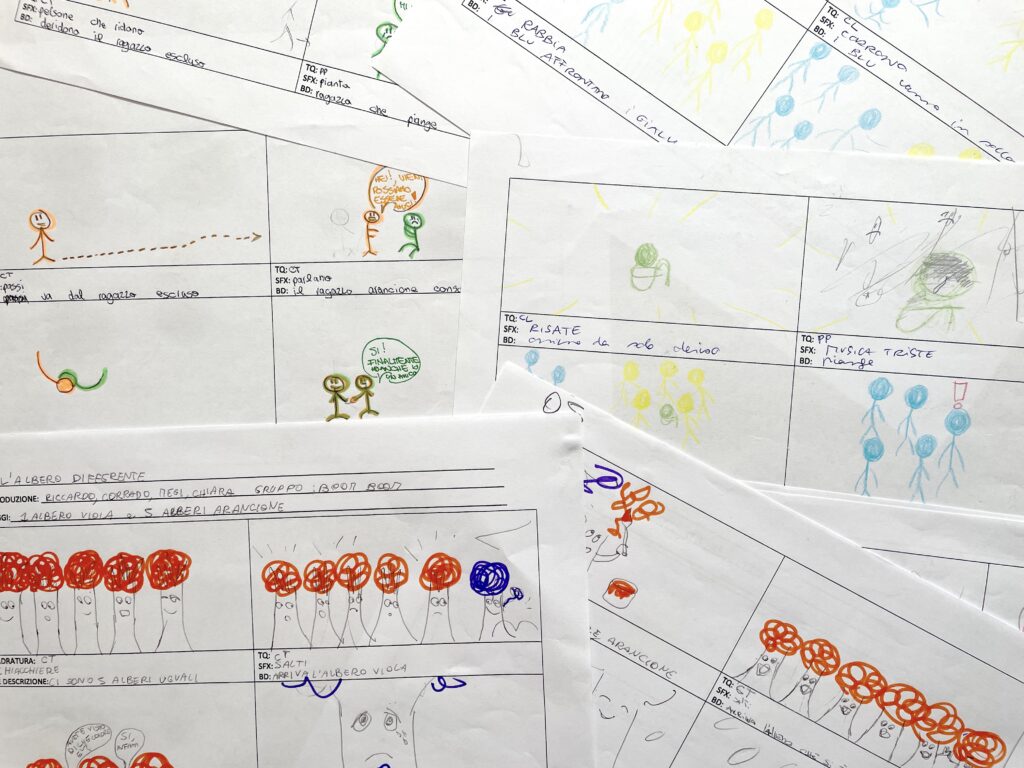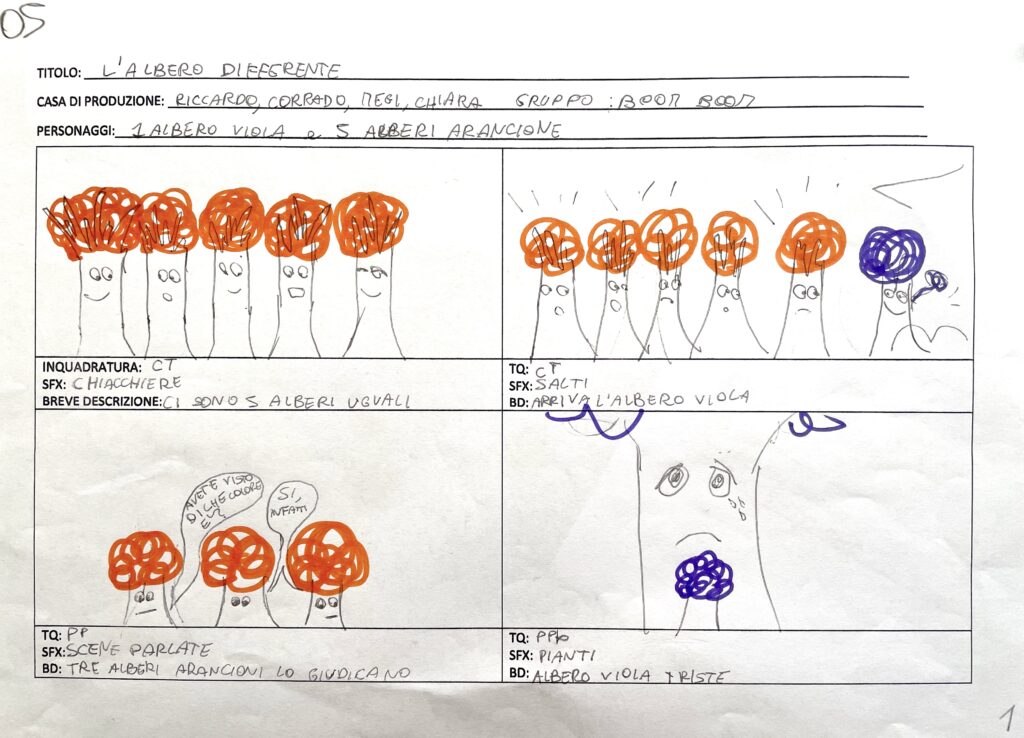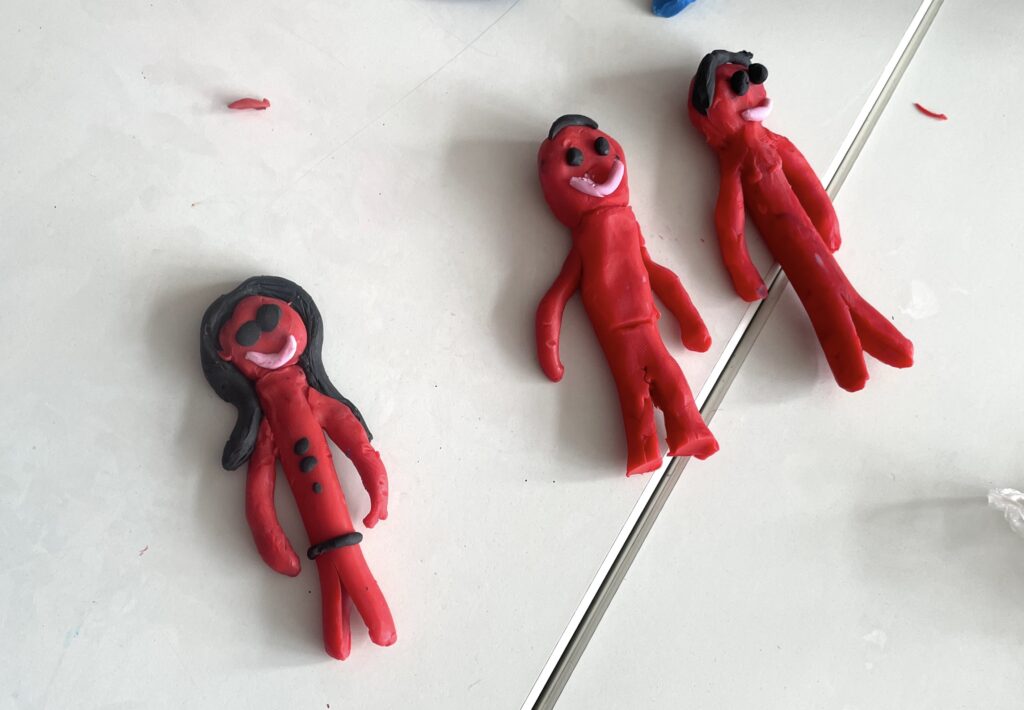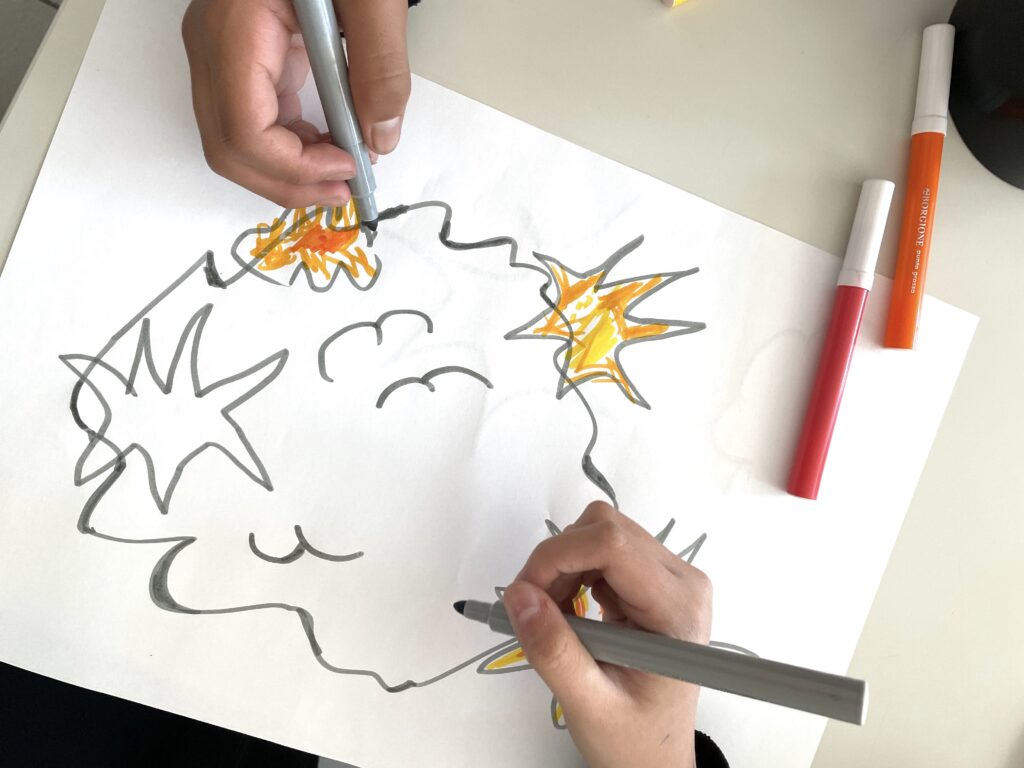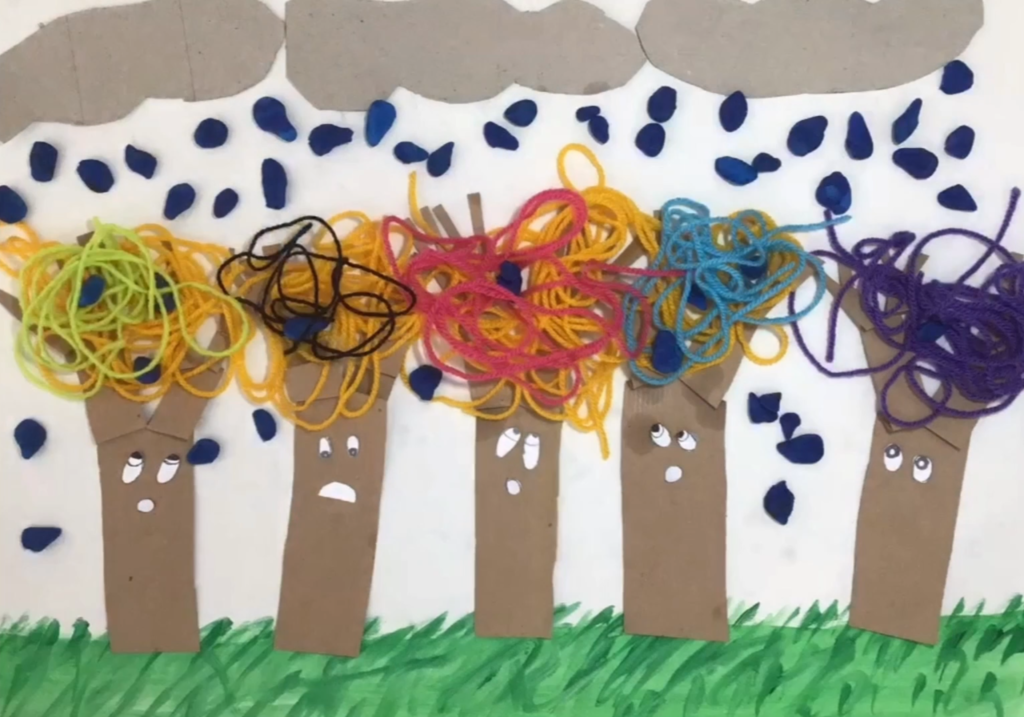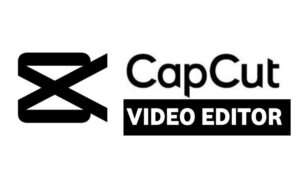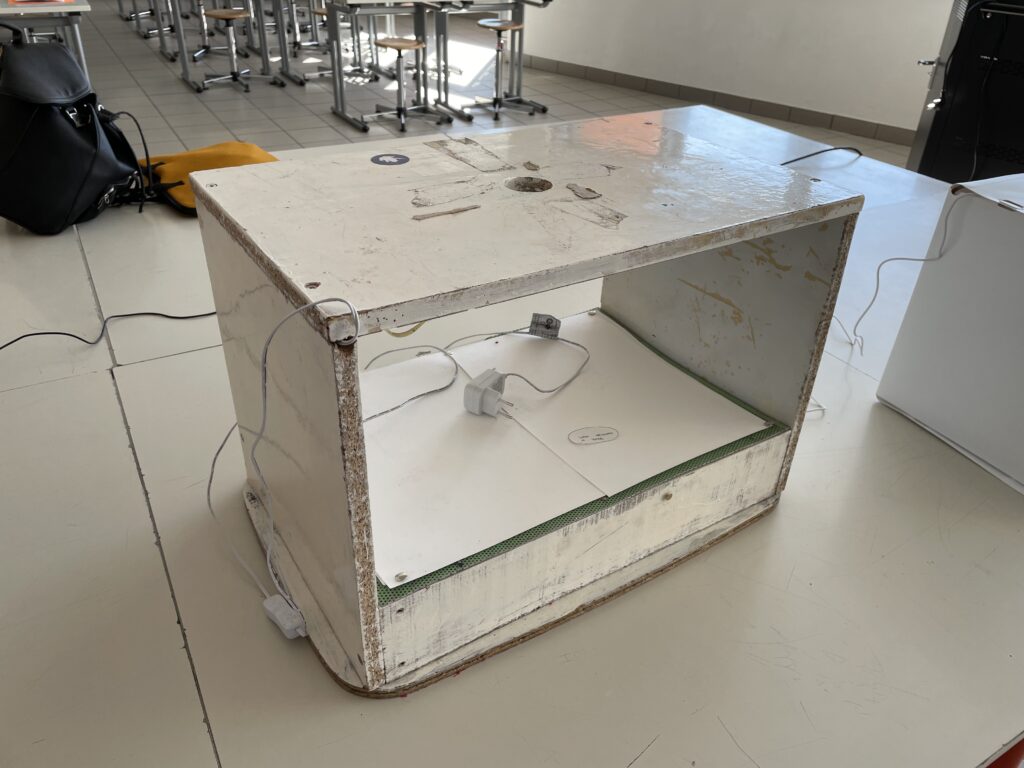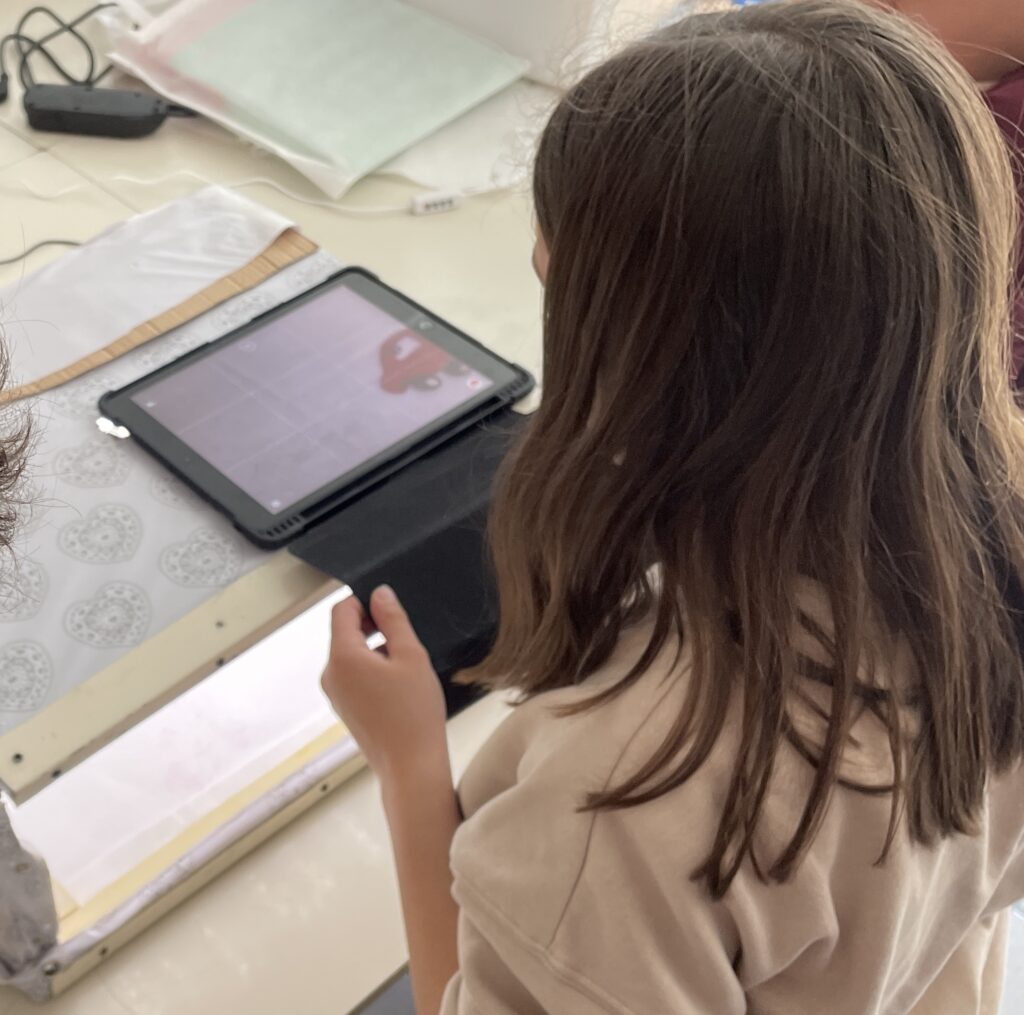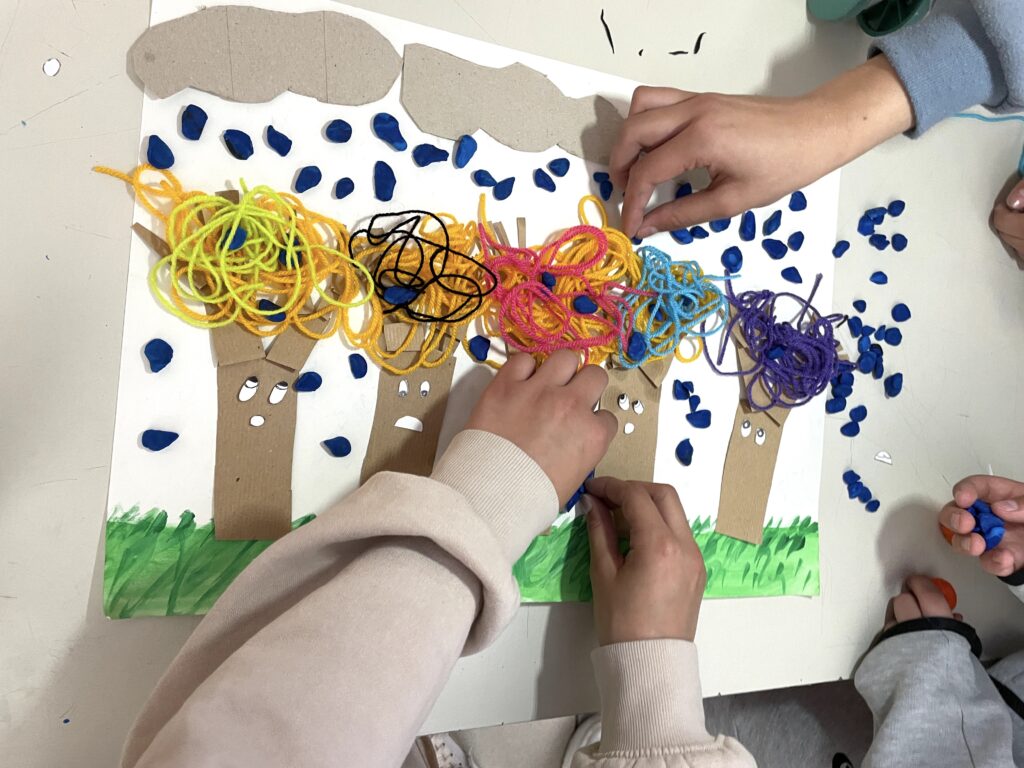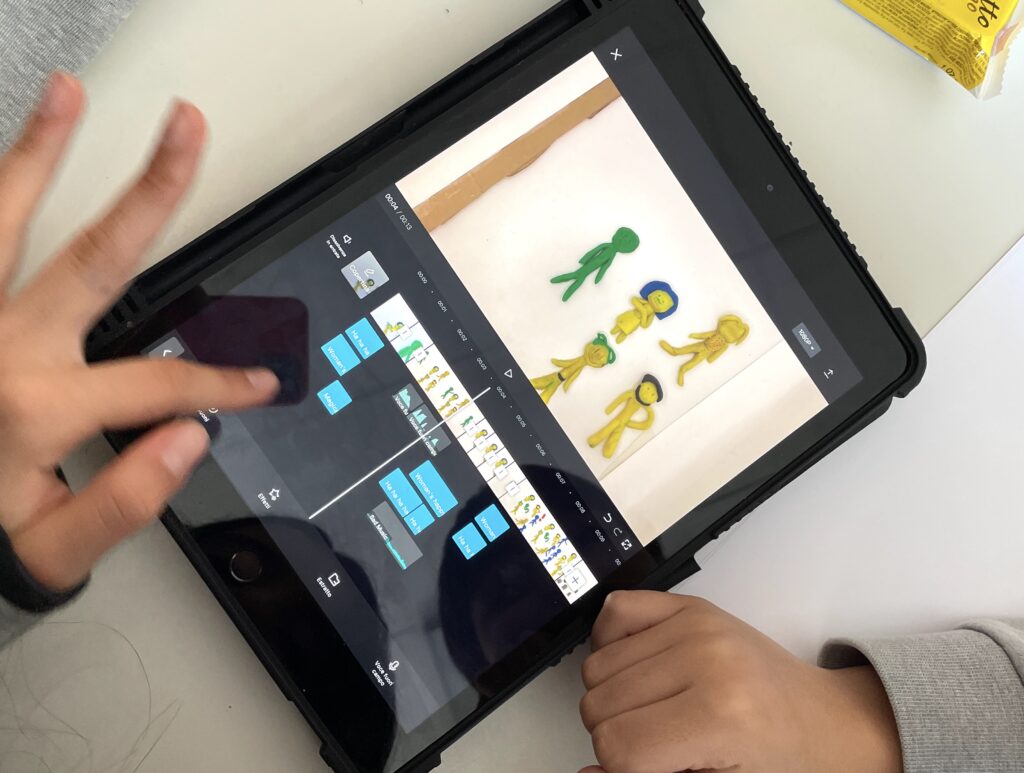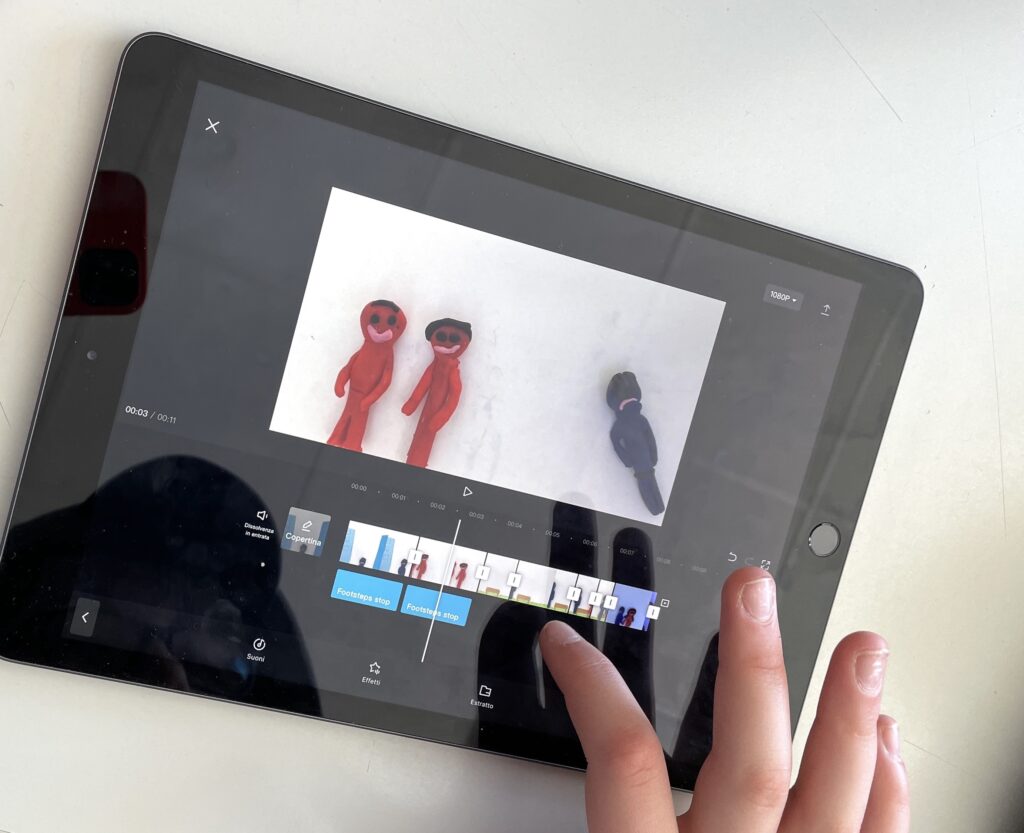This year, with 6th grade students , I joined a project created by Agiscuola Tre Venezie which promotes the use of audiovisual at school. The project called “AnimeSmart for the 2030 Agenda: Animated cinema as a tool for citizenship and the promotion of a more equitable world” involves the creation of short STOP MOTION animation videos concerning the objectives of the UN Agenda 2030. Here are the videos we made:
How did we create these animations? After discussing with the students which goals were most interesting for them among the 17 proposed by the UN 2030 Agenda, we chose goals no. 5 and n.10 as themes for our little videos. The goal n.5 is about GENDER EQUALITY and the goal n.10 is to REDUCE INEQUALITIES.
The illustration and animation expert CRISTINA QUETTI (see her Youtube channel and Instagram profile here) leaded us in the discovery of animation cinema and its magic. First we agreed about the focus, we split into groups of four or five students and each group came up with a little story. To make the video, our expert made us understand the importance of the STORY BOARD as an indispensable tool for the creation of any multimedia product. Below we see an example of the storyboards created by students, with shots, description of the scene and any sounds and voices:
Subsequently, each group created the characters for the STOP MOTION, with plasticine or paper. They created even the backgrounds of the various scenes with drawings and colored cardboards. Once the set was ready, we photographed the scenes in sequence, moving the characters with each shot.
For the making of the videos we use the iPad with the ZING STUDIO app for the sequence photos, and CAP CUT Video Editor app to edit the video, including music, voices and noises.
To take the photographs we used the “cartoon house” a wooden structure with a hole in the upper part where to place the iPad, and with a space below illuminated by LEDs, where to insert the characters to animate and photograph. Each group worked independently:
After the filming and photographs phase there was the editing phase, with the addition of noises, music and dialogues recorded by students directly on CAP CUT.
The whole experience took up 8 lessons: the students involved had a lot of fun and demonstrated great skills in the use of these devices and applications, certainly an activity to be repeated also in the field of civic and citizenship education.

